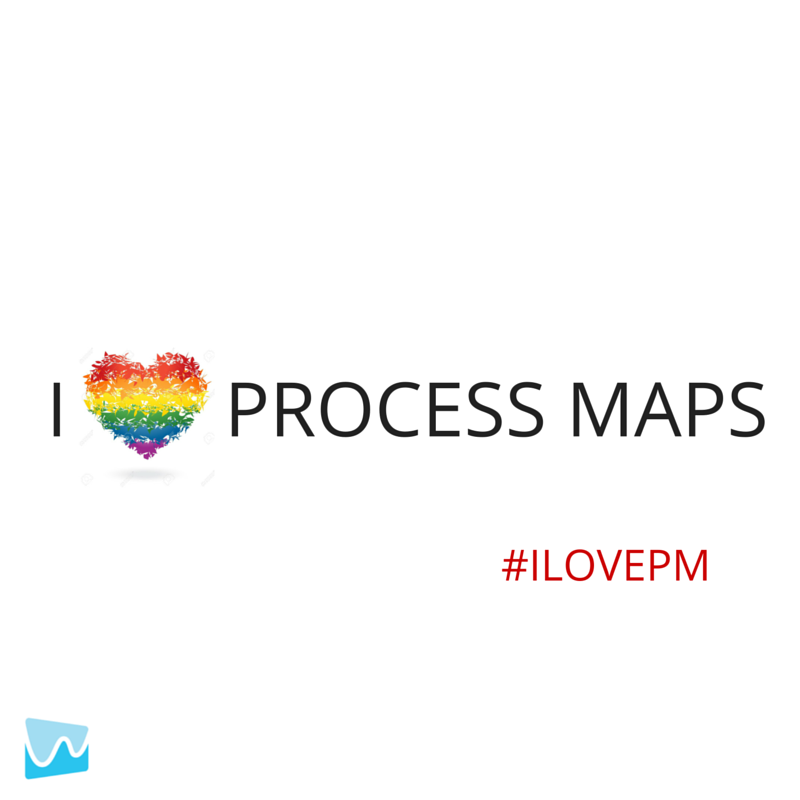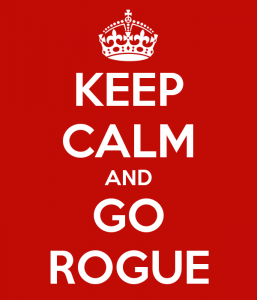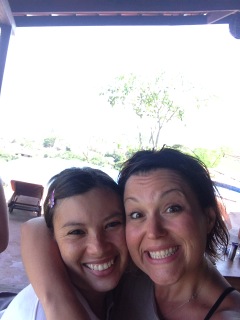 Process Mapping is awesome and fun and helpful and easy and so amazing, right?
Process Mapping is awesome and fun and helpful and easy and so amazing, right?
No? If you disagree, you’re not alone. We did a quick Twitter poll and asked people what their thoughts are about Process Mapping. Here are some of the replies:
- Process mapping? More like process napping! (Click to Tweet!)
- Process mapping is critical, in that if you don’t do it, you can save the rain forest, your time, and your sanity.
- Who needs sleeping pills when you could participate in a process mapping session?
- Process mapping is the paleo of the workplace. (Click to Tweet!)
- AT FIRST GLANCE THEY ARE SO INTIMIDATING AND COMPLICATED (this one was complete with caps)
So yeah. We get it. There are a LOT of people who don’t like process maps.
At least they think they don’t – they just haven’t met us yet.
But I “Need” to Do Process Mapping
Despite how people may feel about process mapping, they still need to use them. Either they have to design them on their own, or read some that have been designed by someone else. Some people know the “why” behind process mapping but still haven’t quite mastered it, and others have no idea what they are doing or why, only that “they have to do this for audit purposes.”
The truth is that process maps are necessary and critical in so many situations:
- Training new people,
- Documenting processes for audits,
- Understanding the flow of information in an organization,
- Having a picture of how customers are impacted by business processes,
- Identifying areas to improve,
- Identifying areas that are excelling (and should be modelled), and
- Imagining a future state organizational structure.
So if you, or someone you know needs to do any of these things (or is responsible for others who are), then our latest workshop is for you. Read on.
 Whiteboard Workshop: Introduction to Process Mapping
Whiteboard Workshop: Introduction to Process Mapping
If you have been reading our blogs for a while, then you know we love to make processes better, and we loathe things that are over-complicated. It follows then, that we don’t do process mapping (or training, for that matter), like most organizations do.
Our latest workshop, Introduction to Process Mapping, was first delivered on May 26th, and was a great success. Some testimonials:
- I have done process mapping in the past, but it has been a long time since I’ve been able to utilize those skills. I was so happy to attend and receive a great refresher. Thank you!
- There was a wide variety of different folks with different backgrounds, and you did great to keep all levels engaged and interested.
- This course came at the perfect time! Something I really liked was the actual process mapping we did as individuals – it helped me demonstrate what I learned from the course.
- I loved your banter – so funny and yet still professional. (This was our favourite, because we think we are very funny.)
We have two more dates set this fall. Both are Thursdays, and both will be in downtown Toronto (location TBD based on the group).
People who attend this course will be able to
- Understand the basics of process mapping theory and activities,
- Articulate the value of process consistency and when it can be “too much” (too rigorous),
- Demonstrate the ability to facilitate and develop a process map, and use appropriate levels, tools, and concepts (incl basics of Visio), and
- Analyze process maps to identify improvement opportunities.
You should come. You really should. CLICK HERE TO REGISTER. And if you have any questions, shoot us a note or Tweet us @whiteboardcons #ILOVEPM.
See you soon,
Ruth.








 mething could go wrong, you’d be right. And how might that be a good thing? It can protect you from dangerous situations.
mething could go wrong, you’d be right. And how might that be a good thing? It can protect you from dangerous situations.
